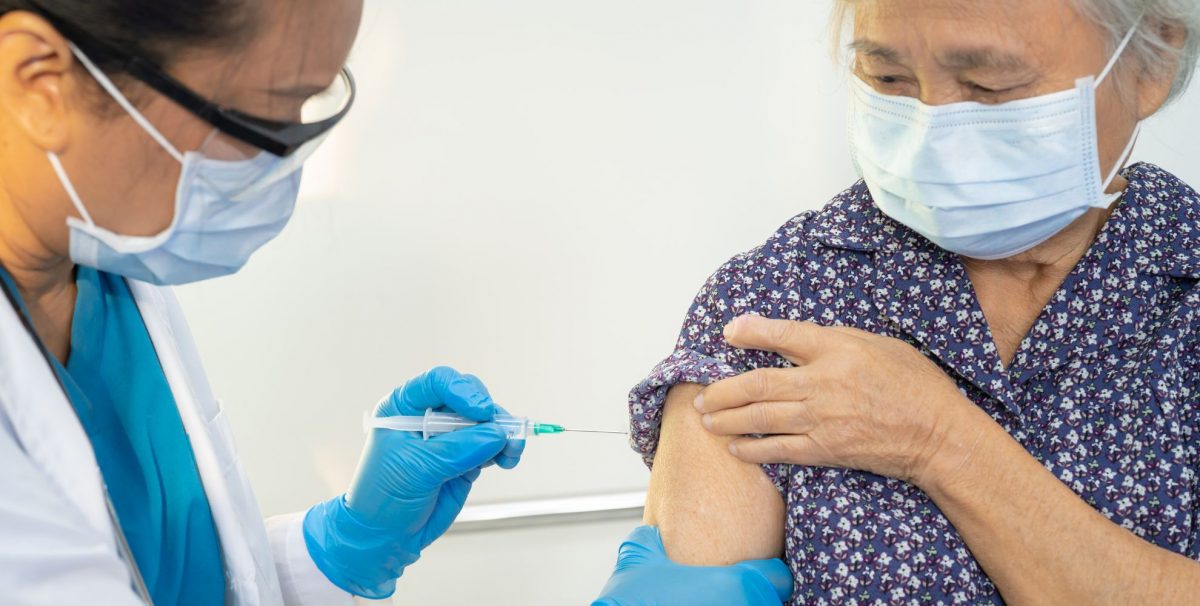In 2021, Official Development Assistance increased 8.5% in real terms.
Carolina testoni
The challenges left by COVID-19 in the world are already known and, in most cases, are still a reality. The challenges of 2021 were varied and contingent on the contexts of each country. While in developed countries the populations rejected vaccines, in developing countries there was a lack of funds to meet the demands placed on their health systems. This is particularly the case in developing countries such as Argentina.
The COVID-19 has reconfigured the work, the health system, the services and the economy. For this reason, in countries where infrastructures and institutions were less resilient, the dangers were multiplied. The allocation of funds and budgets, initially limited, became even more complex as priorities shifted. While the COVID pandemic put the world in check, in response, collective solutions were put in value.
In 2021, the second consecutive year of the pandemic’s back-and-forth, Official Development Assistance (ODA) reached an all-time high. According to official data, ODA contributions were 185.9 billion for the year; this represents an increase in real terms of 8.5% of the funds earmarked to help developing countries. This increase was mainly due to the COVID-19 initiatives, which were mostly vaccine donations. However, beyond pandemic-related donations, an increase in real terms of 4.8% was also seen compared to 2020.
This increase in ODA meant a relief for health systems that could not afford the extraordinary demands of the pandemic because they did not have sufficient capacity. Thanks to vaccine donations, it was possible to care for vulnerable populations and save lives that would otherwise remain at risk. In this way, it is important to note that the donations also included projects to reactivate the economy and jobs.
The Development Assistance Committee (DAC) countries donated a total of US$21.9 billion in COVID-19 activities involved in COVID-19 alone, representing 12% of all total assistance. Even so, of the donor countries, only five met the UN target of 0.7% of their GDP: Luxembourg, Norway, Sweden, Germany and Denmark. On the other hand, the largest donors were the United States, with US$77.8 billion, Germany, with US$33.27 billion, and the European Union institutions with US$19.05 billion.
The trend of ODA in recent decades has been ambivalent, but mainly downward, if one considers the percentage of their GDP that developed countries devote to these initiatives. In 2021, ODA reached an all-time high – the most generous since 1984 – and this is because the assistance provided to combat the pandemic was an extra on top of the pre-existing ODA, not a replacement or redirection of already crazy funds. Of the historical record of funds allocated, 6.95% was directed to Latin America and the Caribbean.
The effects of the turbulent international context impact most acutely on developing countries. As the planet leaves the pandemic behind, or rather, learns to live and function with COVID-19, perhaps collective initiatives will be sustained and developing countries will be able to count on the support of large economies to face the challenges of the future.
Retrieved from: OECD. (2021). Official development assistance (ODA). https://www.oecd.org/dac/financing-sustainable-development/development-finance-standards/official-development-assistance.htm

